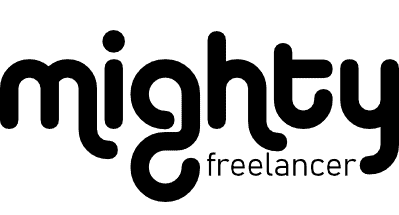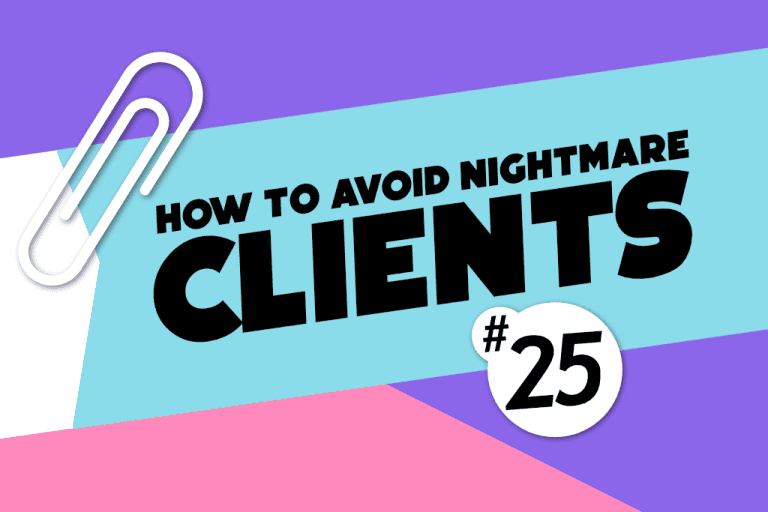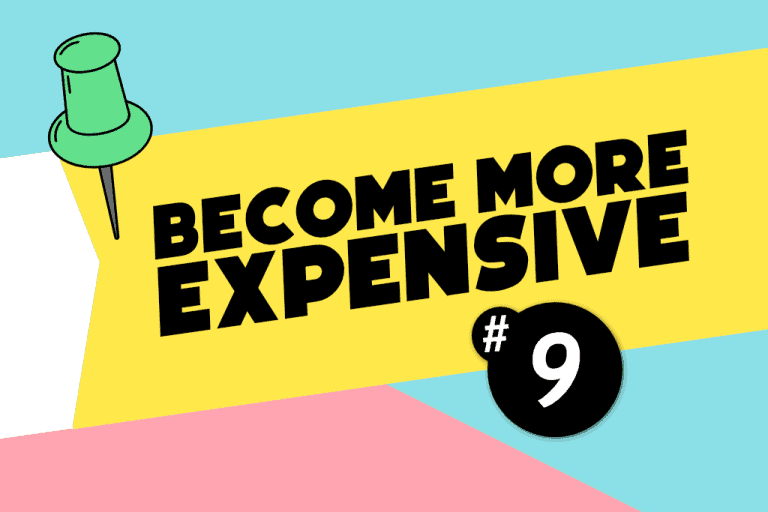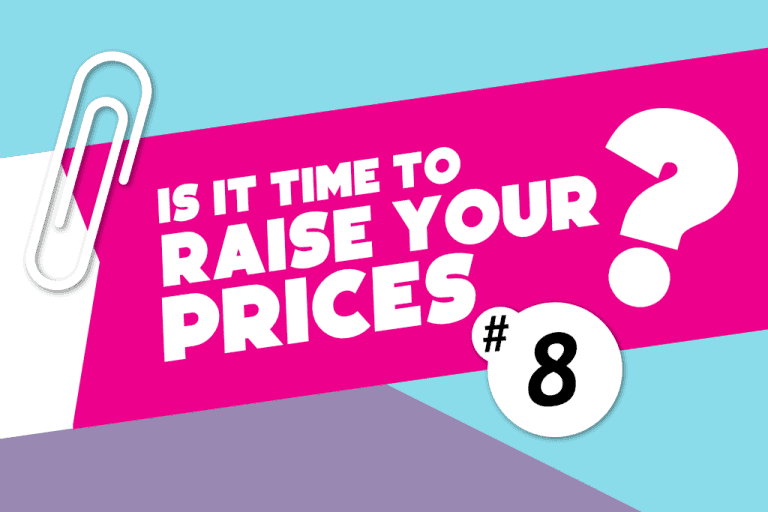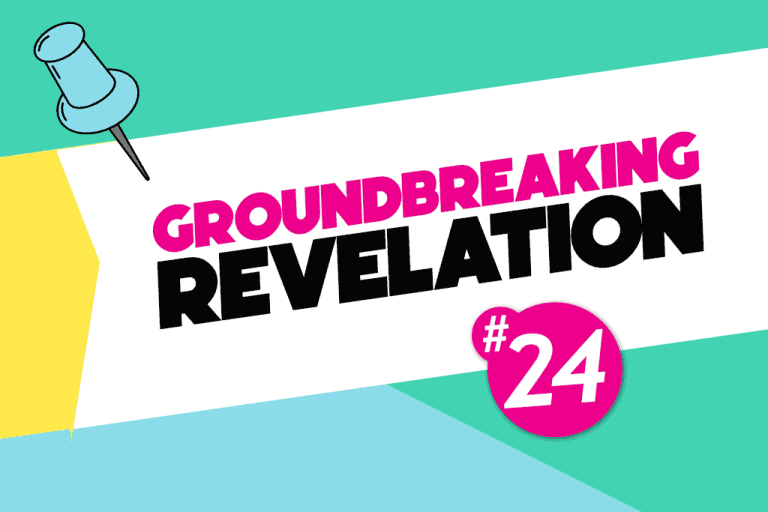Newsletter #1 – Going With The Flow
“May your choices reflect your hopes, not your fears” —Nelson Mandela
Hey everyone,
Congratulations on surviving another year of freelancing!
Whether you skidded into 2023 sideways in a cloud of smoke, clutching a bottle of Moët and a Cuban cigar, or crawled over the finish line with a box of tissues and a hot chocolate, you made it!
And now you get to do it alllll again this year 😂
But the first thing you probably thought as you fired up your laptop last week, is – how can I do things better…somehow?
How can I get work done faster and fit everything else I need to do into my day without derailing by lunchtime?
For me, keeping a routine is critical.
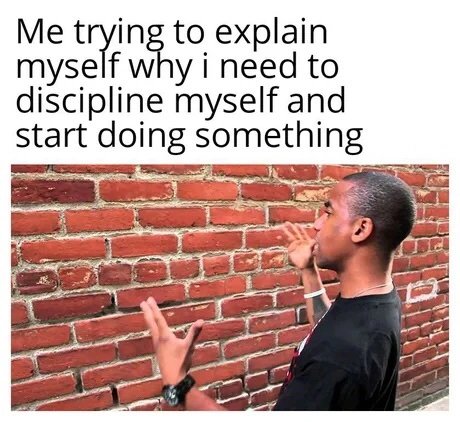
I’ve tried every daily routine hack under the sun, but the only thing I’ve found that keeps me on track with work is getting really really ridiculously clear about my personal energy levels.
Gonna be honest with you, I’m a pretty lazy person. Probably a cat in my past life. So I refuse to get up at 5am and start hustling.
And I also like to lie in bed and scroll social with a cup of coffee before I do anything else in the morning. Sometimes I even have chocolate biscuits with that.
(I know you’re really following me for my diet tips)
I firmly believe that however you block your time each day, it has to be done in a unique way that works for YOU and not with some overwhelming timetable that the latest productivity guru is shilling.
Start with things like:
- When are you most focused?
- When are you most likely to want to exercise?
- When are you most creative?
- When do you not feel like doing anything at all?
- How much time do you need to put aside each day to spend with your kid/partner/doggo?
For me:
- I’m most focused between 11am and 5pm
- I’m most likely to exercise between 9am and 11am
- I feel most creative in the morning
- I mostly don’t feel like doing anything before 9am or after 8pm.
- I always aim to wrap up client work by 4pm
Now that I’ve got my natural tendencies figured out, I can structure my day around my unashamed need to be a bed-potato before 9am and a couch-potato after 8pm.
- I’ll do most of my social posts and commenting before I get up. Then I’ll roll out of bed at 9am and get exercise and breakfast out of the way.
- From about 10am, I concentrate on my own creative work for an hour before I start on client work. I don’t schedule any work or any calls that will disrupt this hour.
- I also don’t take calls on Mondays or Fridays so I can ease into (and out of) my work week nicely.
- 11am to 4pm is client work time, with regular small breaks for stretches and snacks. That gives me 5 hours to get into deep work mode at my peak time for focus.
I also make it a point to say NO to anything that disrupts these time blocks wherever possible. Because if I say yes to something that isn’t urgent, then I’m saying no to things that are really important to me – like doing exercise, getting my own work done, and doing my best client work.
Author Steven Kotler refers to tapping into your natural energy peaks and troughs like this as the “flow state”. You can read more about it on his website.
Let me know if you try it out!
P.S. Some days, absolutely nothing works and my brain is firmly set to NOPE mode, while I stare at my screen and watch the hours pass in a depressing haze.
If I’m having one of those days, I shut my laptop and read a book, go for a walk, or treat myself to a coffee and do some people watching. Sometimes that’s enough to kick my brain back into work mode. If not – everything can usually wait until tomorrow!
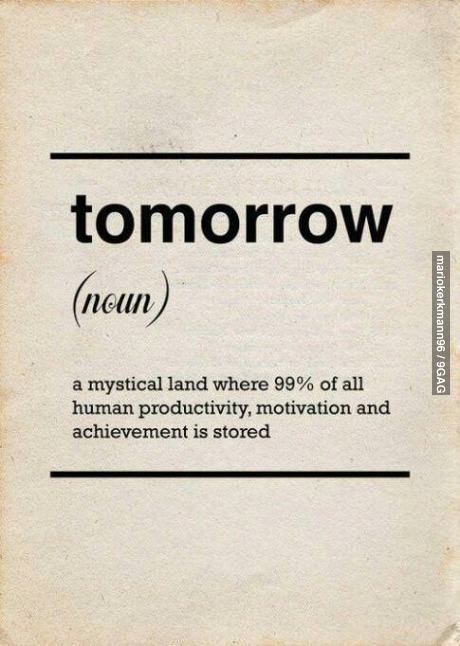
ASK ME ANYTHING
Your agony aunt space to get whiny, get shouty, and get help
Q. One thing that’s holding me back in my business is that I have a deep fear of teaching people who don’t appreciate it, and then take what I taught them and repackage it as their own.
It makes me just not want to share.
And it manifests in different ways. Sometimes it’s about the actual tools it takes to solve a problem. And sometimes it’s just more about “charging what you’re worth” or whatever. I hate when people are new to the scene and just start charging a ton…and actually make it.
So I become resentful and just stay quiet, rather than helping people and coming from a place of generosity.
It burns, for me personally, and for other people who are truly experts and struggling.
But the ugly truth is…I also want to BE that person on some level. I’ve done a lot of work on this, and I still don’t have answers.
But I know that, in the words of Walter White, I want to be “the one who knocks.” It’s like secretly I want to be them, even though I find it offputting. How can I get out of this thought loop and share my knowledge with people who genuinely want and appreciate it, and aren’t just out to rip me off?
—Jesse
A. I think everyone reading this can resonate with these feelings in some way! I know you’re an expert in your field, and you should definitely be teaching others.
I hear a lot of junior copywriters say things to the effect that they feel like senior copywriters are “withholding essential knowledge” from them.
And I guess in many respects, we do. We don’t want to be fully transparent with every little thing—in case these people are simply jerks that are out to rip us off, copy our ideas, and profit from it without putting in all the hard work that we did.
Howeverrrrr, I feel these people are the 1%—and they shouldn’t stand in the way of any of us reaching our full potential as creators or teachers. Because what about the other 99% of people that want to learn?
What if you could teach one person something that completely transformed their business, and their life?
I’ve been thinking about this a lot lately, and I honestly don’t know where my business would be now if a few people I look up to as copywriters hadn’t helped me out with small yet significant questions (and other bits and pieces) as I worked my way up.
Or released courses that were exactly what I needed to overcome a specific block in my processes.
I’m incredibly thankful they were willing to teach me what they knew.
Some resources you might find helpful:
- If you haven’t read it already, Carol Dweck’s book Mindset has some great insights and thought exercises to help overcome mental roadblocks like these, so we can start examining our thought loops and improving our mindset around why we’re not growing our businesses as well as we could (or should) be.
- And if you haven’t met Linda Perry yet, she offers 1:1 mindset coaching and small group sessions, and she’s always happy to have a quick intro call to see what you’re struggling with and how she can help. She’s an ex-lawyer, so her advice is deeply practical (no woo-woo stuff), and she works with many other copywriters and entrepreneurs you’ve probably heard of. She’s helped me out a LOT with my business-related head trash over the last few years.
Hope this helps in some small way!
——————-
Q. I’m trying to break into SaaS and conversion copywriting from content marketing. The only experience I’ve had so far is from doing research for other copywriters. I can’t get referrals from them, so no testimonials = no clients. Could you answer that dilemma – that basically going from content to conversion is harder than from conversion to content? —Gemma
A. Good question—and I followed the exact same path as you, so I can tell you exactly what I did.
I wouldn’t say it’s hard making the transition from content to copywriting, but you need to show up online as a SaaS expert and start telling people that this is who you are and what you do now. You’ve done Copyhackers training and know your stuff, so it’s time to reap the rewards!
Firstly, look at where most of your leads come from:
- Referrals?
- Website?
- Social media?
Once you find where your potential clients are coming in from, make sure everything is laser targeted in that spot to attract the clients you want for SaaS and conversion copywriting. Talk about how you can help, and talk about the steps in your bespoke process that will get them results.
If they’re coming from social media, make sure your profile is optimized to tell potential clients that you’re a SaaS copywriter. Look at the LinkedIn profiles of Michal Eisikowitz and Eden Bidani as examples.
If they’re coming from referrals, tell those people about your new direction and let them know you’re open to overflow work or projects that aren’t the right fit for them – because they might be perfect for you. Tell every other SaaS copywriter you know as well. The more peoples’ radars you can get on, the better.
If they’re coming from your website, make sure at least the hero section of your site is clear with its messaging, and catches the eye of any potential SaaS clients. That’s a quick win instead of redoing your entire site right now.
I’d also ask the people you’re doing research for to give you a testimonial about working for them on SaaS projects. Any proof you have of doing great work in the SaaS niche is good to have.
Secondly, set aside time each day to connect with people on LinkedIn at SaaS companies who hold a marketing position (e.g. CMO, VP, PM in bigger companies, or Founders/Co-founders at startups). You don’t need to pitch, you can just DM them a generic connect message like “Hi, just looking to expand my network of SaaS experts on here” – or something similar that feels on brand for you. Keep it short and sweet.
I personally removed every mention of content from my website and social media and shouted from the rooftops that I was doing SaaS website copy and emails when I started.
In the background, I was still quietly doing content, but the most important thing is that you show up online as a SaaS copy expert and keep telling the world about it until the clients start rolling in.
Don’t be scared to go all-in on this messaging either. It’s a competitive niche, but it’s also growing fast, so there is plenty of work to go around.
You can also check this interview with 11 SaaS copywriters who share how they got started and found those first few clients to kick off their careers.
Let me know how you get on 🙂
APPS & RESOURCES
Useful tools to check out for your life & business
- Typefully – Helps you write high-engagement tweets and grow your audience. This app also has built in analytics and a one-click scheduler to help you tweet better and faster.
- BrainFM – Your secret sound weapon to get into deep work mode, and finish things faster. Use my referral code to get a month free .
- 12 Ft – Annoyed at paywalls popping up when you’re trying to read stuff online? Screw that—just type the URL in here and read for free. You’re welcome!
PROCRASTINATION STATION
Take a 5 minute break (you’ve earned it!)
- Mike’s Photos and Videos of Beavers – like, ACTUAL beavers, not…whatever else you’re thinking. If you ever think your content ideas are too niche—note that Mike has almost 14,000 Twitter followers who are deeply engaged with his daily content showing adorable local beavers going about their day.
- You’re Getting Old! – all the interesting things that have happened since you’ve been born.
- Why you need to ditch the word “Passionate” in your copy – if you love British humor and sarcasm, David Mitchell’s take on businesses who refer to themselves as “passionate” is a must watch.
Meme of the week

THANKS FOR READING!
If there’s anything you’re stuck on, if you need some specific advice about clients/growing your business/whatever, OR if you just wanna say hi, hit reply to this email—I’d love to hear from you 🙂
💙 Follow me on LinkedIn or Twitter 💙
P.S. If you enjoyed this newsletter and want to support it, you can:
- Forward this email to a friend and invite them to sign up here
- Buy me a coffee ☕
